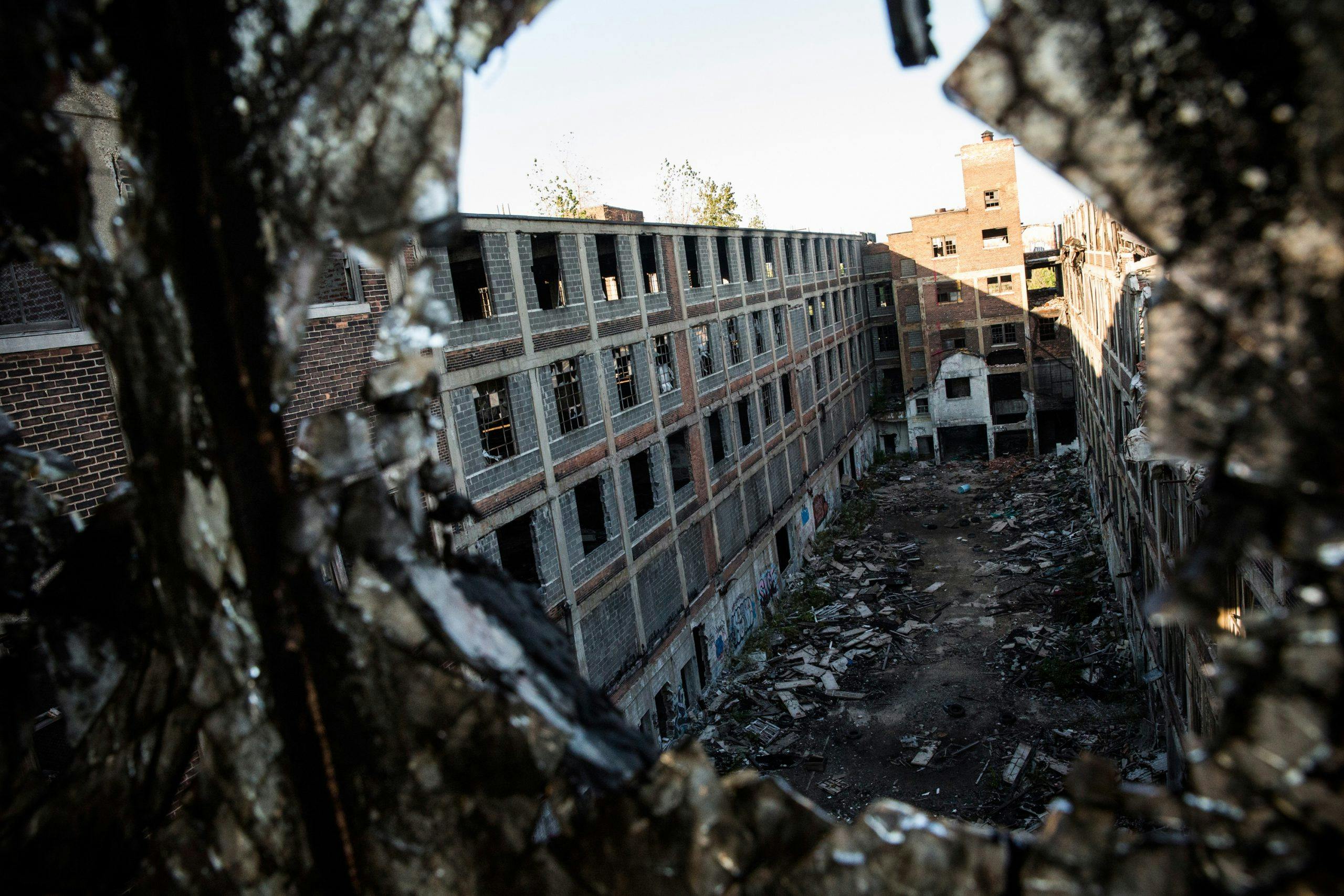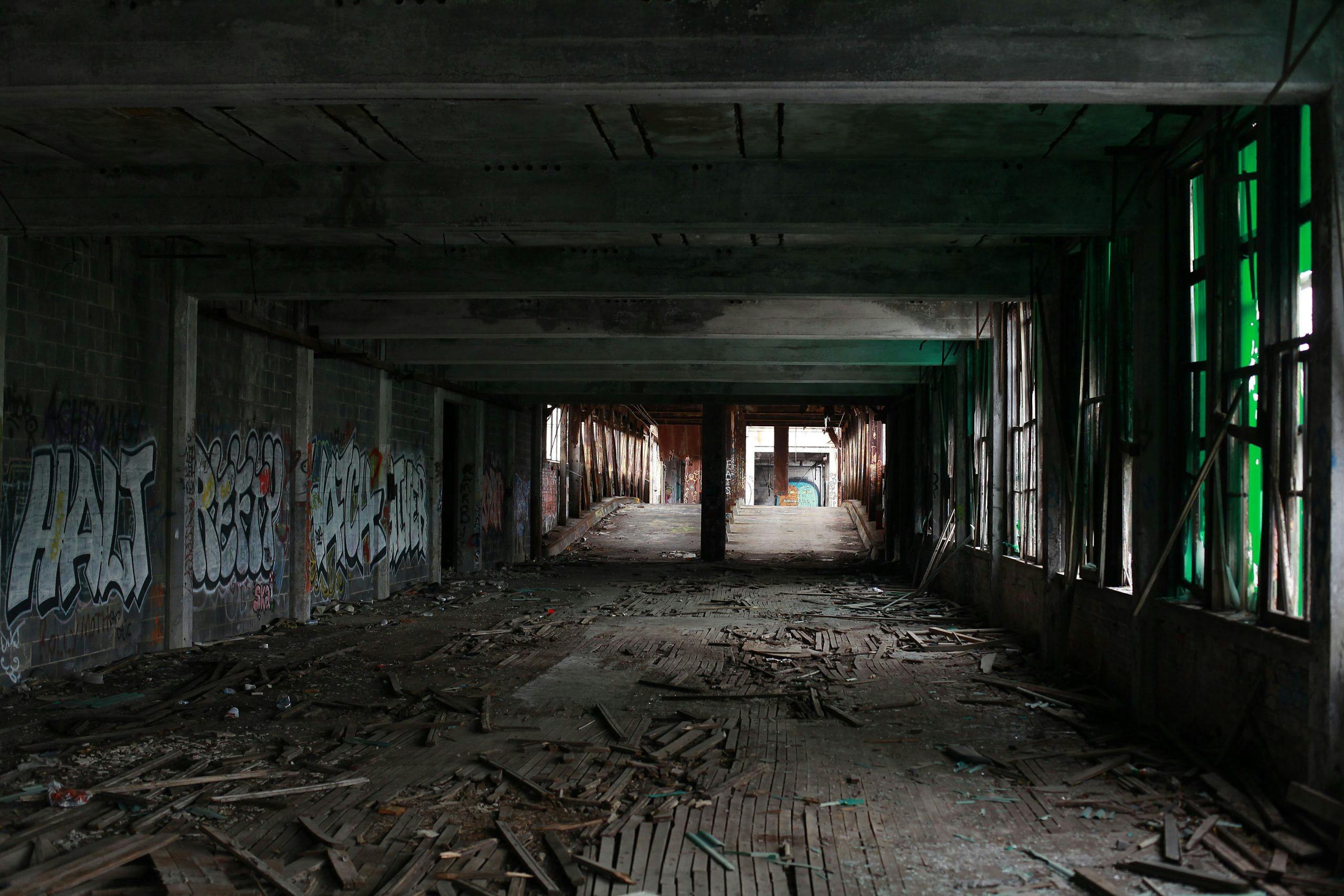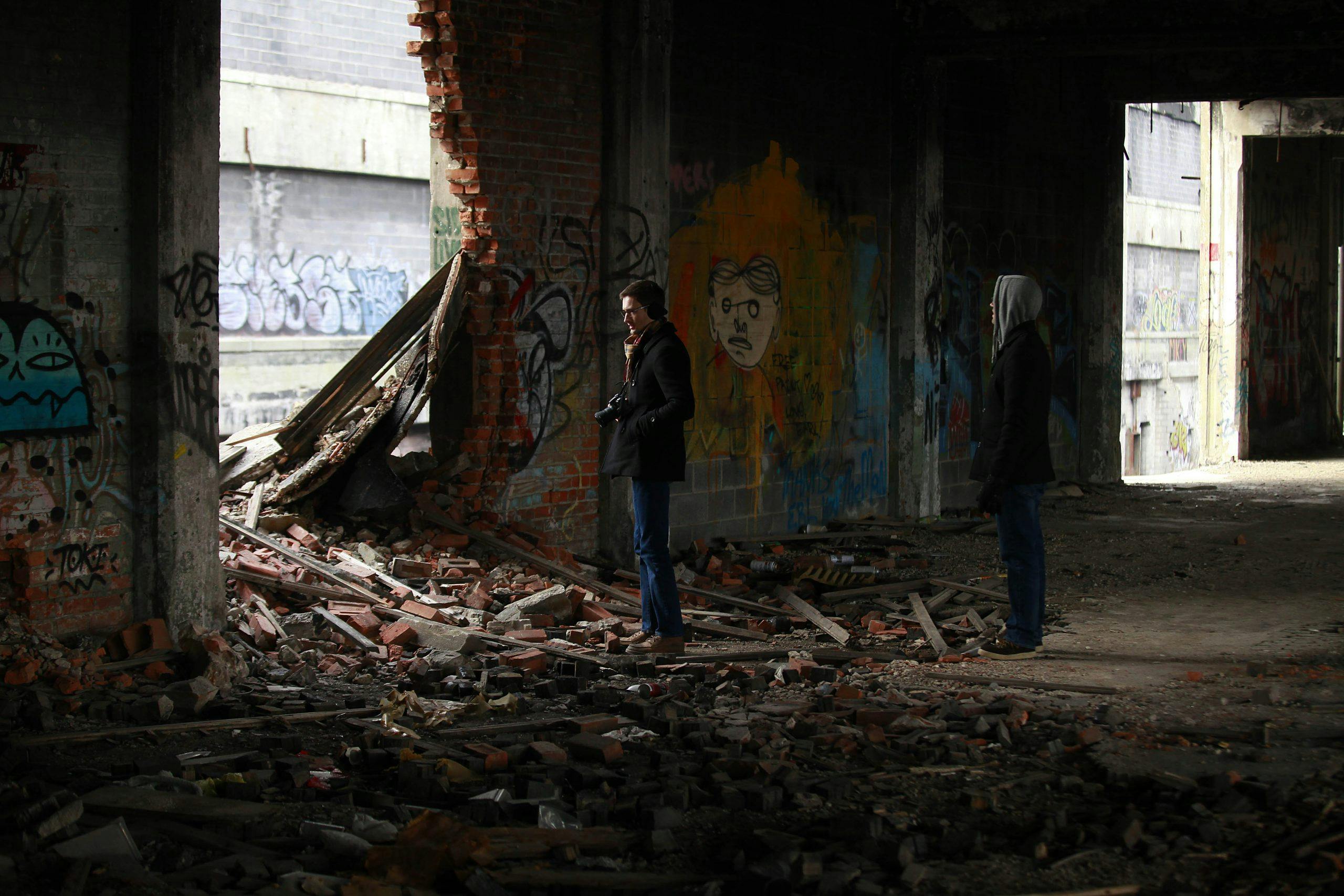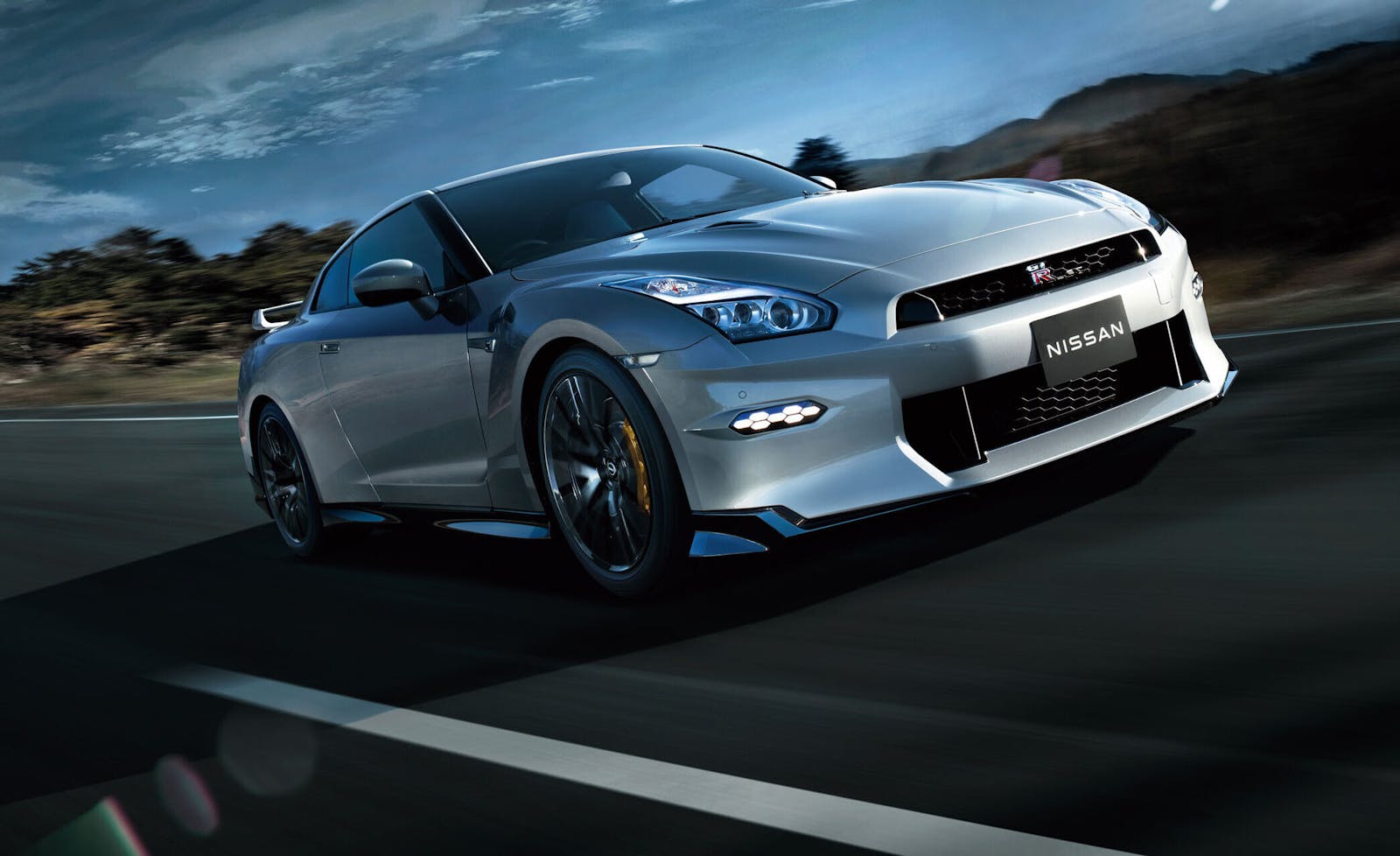Media | Articles
City of Detroit seeks demo bids for Packard plant
The city of Detroit has determined which buildings at the historic Packard plant site are the most dangerous and is now seeking bids from demolition contractors to remove the dilapidated structures. According to multiple media outlets, an assessment by the city’s demolition department was completed last week.
John Roach, spokesman for Detroit Mayor Mike Duggan, told the Detroit News that the assessment identified and prioritized “the most unstable and dangerous parts of the buildings north of Grand Boulevard.”
The action comes after property owner Fernando Palazuelo missed a court-ordered deadline of April 21 to file for a demolition permit. Wayne County Circuit Judge Brian Sullivan ruled in March that if Palazuelo failed to start the demolition process, the city of Detroit could legally “engage qualified contractors to perform all demolition and other necessary actions to abate the nuisance.” Palazuelo will be responsible for all demolition expenses, which could cost as much as $10 million.
Roach says demolition bids are due by June 1.
The buildings on the property were designed by famed architect Albert Kahn, who is also responsible for dozens of other structures in Detroit, including the Fisher Building, the Detroit Athletic Club, and the Detroit Free Press Building.
Marketplace
Buy and sell classics with confidence
During his state of the city address in March, Mayor Duggan said the front portion of the city-owned building along the south side of Grand Boulevard would be preserved for redevelopment.
Despite the current litigation, the property is still being offered for sale. Palazuelo, a Peruvian developer, bought the huge 40-acre Packard complex from Wayne County for $405,000 at a tax foreclosure auction more than eight years ago. He immediately began cleaning up the property, and in 2017 officially broke ground on a 15-year, $350 million plan to redevelop the complex into a mixed-use site. Five years later, progress has been negligible, leading to the city’s lawsuit and Sullivan’s default ruling.
Packard, known for building high-quality luxury vehicles for nearly 60 years, ended production in 1956. The plant site was used by numerous smaller businesses until the late 1990s, when the buildings were abandoned and left to the elements, scrappers, and vandals.



















